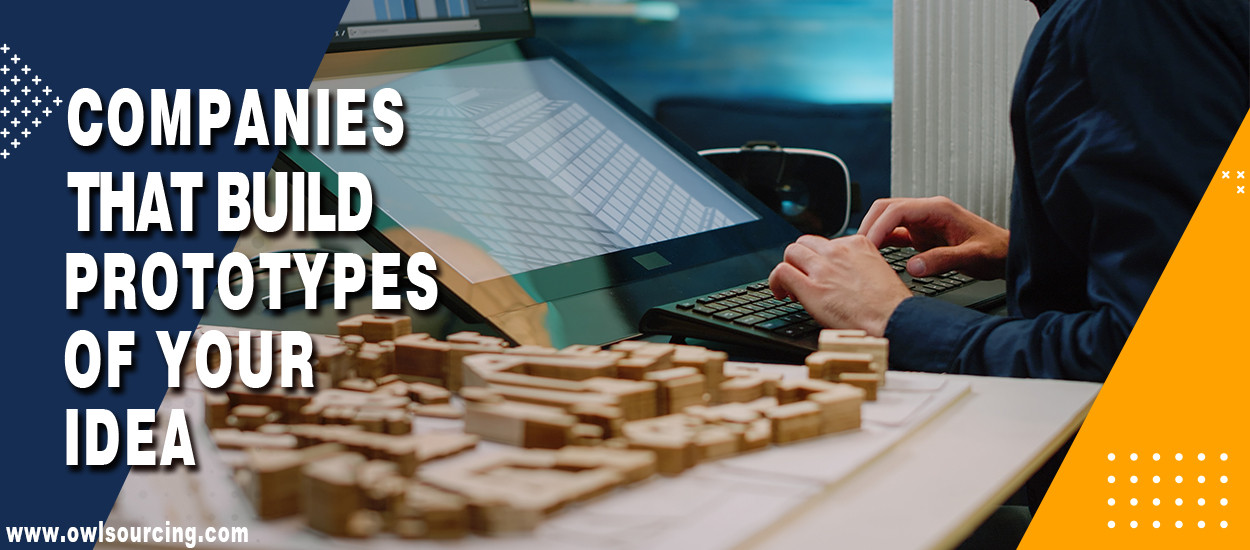Ever envisioned bringing your ideas to life? The best way to test and improve your idea before launching is with a prototype. Product ideas are hard to come up with. Also, how to start is beyond the capability of most people.
That’s where prototype companies step in. These firms help inventors and businesses create working models of their ideas. They take rough sketches and concepts and turn them into something you can touch and test.
Professional prototype builders guide you through each stage of development. They help ensure your idea becomes precisely what you imagined.
But, how to make a prototype in China? Where can you find the best companies for it?
In this guide, I’ll lead you in finding companies that can bring your ideas to life. I’ll also explore why hiring a professional prototype development agency is worth it.
Key Highlights:
- Professional prototype companies guide you through every step of new product development.
- The main steps in making a prototype include planning and testing. Each stage is essential for creating custom products.
- Advanced tools like 3D printers and laser cutters make prototypes more precise. China’s top factory cities have the infrastructure and access to these technologies.
- When choosing a prototype company, look for industry experience. You can also verify the China vendor to ensure quality.
- A genuine sourcing agent can help you contact Chinese manufacturers. It is an excellent way to buy from China.
Comparison of Prototyping Company Types for Consumer Product Development
| Type | Pros | Cons |
|---|---|---|
| Rapid Prototyping / 3D Printing Services | – Fast turnaround – Widely available in most cities |
– No product development engineers – Not suited for scaling to injection moulding – Lack of DFM expertise – Limited support for electronics or complex hardware |
| Manufacturers | – Strong production and industry knowledge – Can scale quickly from prototype to production |
– Rarely support new product development – Potential loss of IP rights – Tied to their production capabilities |
| Large Product Design Firms | – End-to-end development support – Multi-disciplinary team under one roof |
– Very high cost (often six figures) – Geared toward established businesses |
| Prototype Development Agency | – Designed for startups & SMEs – Expert team in prototyping & DFM – IP protection & global manufacturing access – Extra support like 3D visuals & sell sheets |
– May not offer local, in-person service |
Rapid Prototyping / 3D Printing Services:
Small shops that do quick-turn 3D printing using FDM, SLA, or SLS printers. Excellent for straightforward prototypes if you already have CAD files and engineering capabilities.
Manufacturers:
Typically established for high-volume production. Don’t typically offer new product development services from the ground up unless you’re modifying existing products.
Large Product Design Firms:
Full-service companies with engineers, designers, and internal prototyping. Excellent for companies with large budgets and complex development needs.
Prototype Development Agency:
Committed product improvement organisation working together with new businesses and SMEs globally. Offers prototyping, 3D visualisation, and manufacturing support with IP security.
I also recommend exploring “A Complete Guide to the China Product Design Firm” for more comprehensive details.
Why Hire a Professional Prototype Development Agency in China?
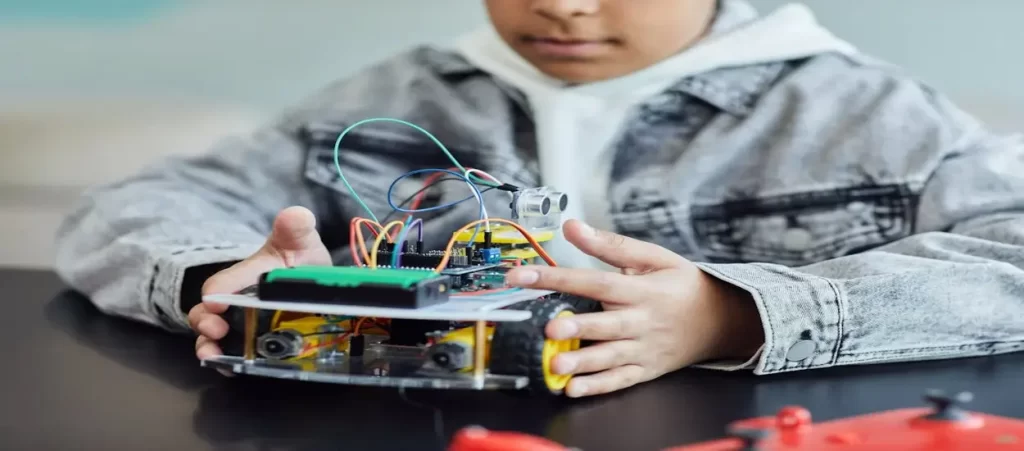
A professional agency brings years of experience to your project. They know how to spot problems early. Their teams have built hundreds of prototypes across many fields. It means they can guide you through common pitfalls.
Years of Experience
They also help you make smart choices about materials and design. Their deep knowledge helps turn your vision into something that works well. This experience allows them to solve problems quickly and suggest valuable improvements.
Complete Set Up
A professional prototype agency has tools and talent you won’t find elsewhere. They own expensive 3D printers and testing equipment for making custom products. Their teams include engineers, designers, and material experts.
This setup lets them create high-quality prototypes faster than working alone. Their specialised tools help catch problems early in the design process.
Save Your Time
Working with a professional agency saves time and money. Many inventors waste months figuring things out. They often make costly mistakes that need fixing later.
An experienced agency, on the other hand, has a streamlined process in place. They also have the experience to anticipate and resolve issues. Their experience means fewer do-overs and less wasted money.
Following industry rules and standards is crucial for new products. Each field has its own set of safety rules and testing needs. Professional agencies know these rules inside and out. They make sure your prototype meets all requirements from day one.
Owlsourcing provides the best prototype development services according to your needs. We are committed to precision, effectiveness, and reliability for every stage by utilizing our team’s profound knowledge and experience.
Refining a product concept, preparing for mass production – whatever your idea might be, it is just within reach. Contact Owlsourcing today for a first step towards success with innovation!
This careful attention keeps you from having problems later.
5 Steps Involved in Prototype Development
| Step | Approx. Time Required | Cost Range | Key Considerations |
| Conceptualization | 1-2 weeks | $500–$2,000 | Requires brainstorming & market research |
| Sketching and Planning | 1-3 weeks | $1,000–$3,000 | Detailed technical drawings are needed |
| Material Selection | 1 week | $200–$1,000 | Depends on material availability |
| Prototype Building | 2-6 weeks | $3,000–$10,000 | Varies based on the technology used |
| Testing and Iteration | 1-3 weeks (per cycle) | $500–$2,500 | May involve multiple rounds of iteration |
Let’s walk through how professionals turn raw ideas into working prototypes. Each step builds on the last to create something that works well. Knowing how to import from China is crucial when working with prototype companies.
So, when you find a manufacturer in China for prototype making, you can consider the following steps. These are the stages to turn your idea into a prototype:
1) Conceptualisation
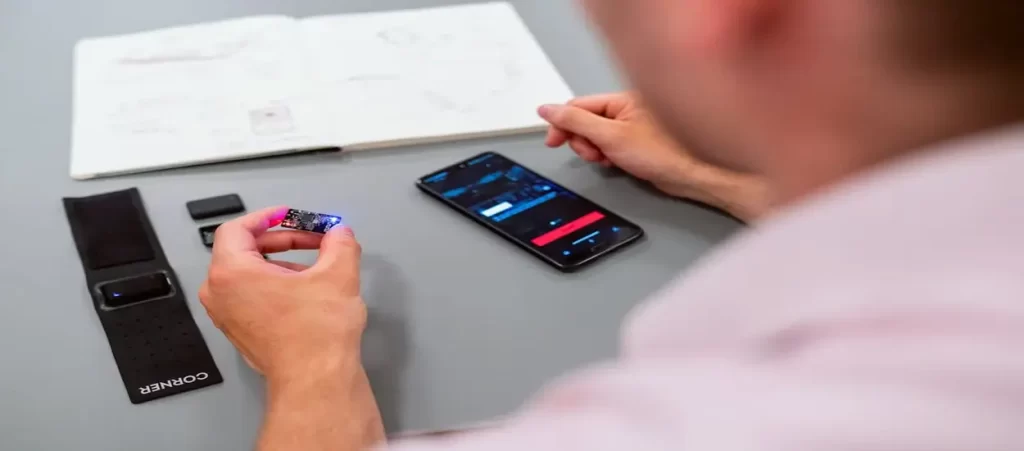
The journey starts with getting your idea clear in your mind. Think about what problem your product will solve. Consider who would use the product. Then, think about how they would use it. List every feature you want in your product.
Talk to China suppliers about your idea to get their input. Their feedback can help make your concept stronger. Good research now saves time during development. Many successful products came from careful planning at this stage.
2) Sketching and Planning
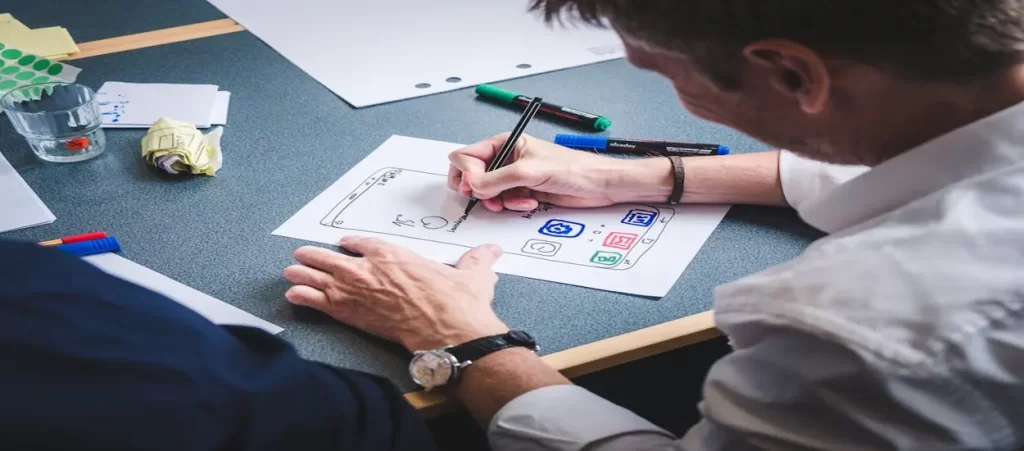
Now, it’s time to put your product idea on paper. Draw your product from different angles.
Suppose you want to import watches (or smartwatches) from China. You must create its prototype first. Show how all its parts fit together. Make notes about size, shape, and how things move.
Simple drawings help others understand your vision better. Keep your sketches simple at first. You can add more details as your idea grows.
3) Selecting the Right Materials and Technologies
Choosing materials is key to making your prototype work well. Consider what your product needs to do. Some parts need to be strong. Likewise, some need to be bent or stretched. Each material has good and bad points.
Some are easy to work with but break easily. Others last longer but cost more to use. Talk to the prototype company about your choices. They know which materials work best together.
4) Building the Prototype
This is where your idea becomes real. Prototype makers start with the main features. They build these first to test if they work. Each part gets careful attention. The team checks the measurements many times.
They make sure everything fits just right. Building happens in steps. First comes a rough version. Then, they add more details. This careful approach helps catch problems early.
5) Testing and Iterating
This step is an integral part of quality control in China. Testing shows how well your prototype works. Each test teaches something new about the design. Some parts might need to be changed. Others might work better than expected.
You can also hire a product inspection in China to offer valuable insights. Production teams use this feedback to make improvements.
They keep testing until everything works just right. Each round of testing makes the product better.
Lastly, a reliable China shipping agent ensures smooth delivery of your prototype.
Picking the Perfect Prototype Factory in China
We at Owlsourcing introduce you directly to tested Chinese factories that specialise in rapid prototyping, so you don’t have to waste time digging through miles of Alibaba listings. From supplier sourcing and price negotiation to in-factory quality inspection and shipping globally, our professional team handles every step of the process while adhering to your exact specifications, branding needs, and compliance specifications.
✅ Direct access to certified prototype facilities
✅ Clear pricing and detailed audit reporting
✅ End‑to‑end support—from initial samples to final shipment
Transparency is our strength in fee structures and project pricing, with no surprises. What it costs depends on the complexity of your prototype, order volume, and level of service you need, be it supplier sourcing, product development, quality control, or shipping. This transparency enables you to plan with assurance while bringing your innovation to market faster.
Make an appointment today and allow us to search for the perfect prototype partner in China for your upcoming product line.
Technologies Used in Prototype Development
| Technology | Cost | Precision | Speed | Material Compatibility |
| 3D Printing | Low to Medium | High (dependent on printer) | Fast |
|
| CNC Machining | Medium to High | Very High | Medium |
|
| Laser Cutting & Engraving | Low to Medium | High | Fast |
|
| CAD and CAM Software | N/A | High | Depends on project |
|
| AR and VR | Medium to High | High (Visualisation) | N/A |
|
Modern prototype-making uses many high-tech tools. These tools help create better products faster than ever before. Here are some technologies helpful in Prototype Development:
1) 3D Printing
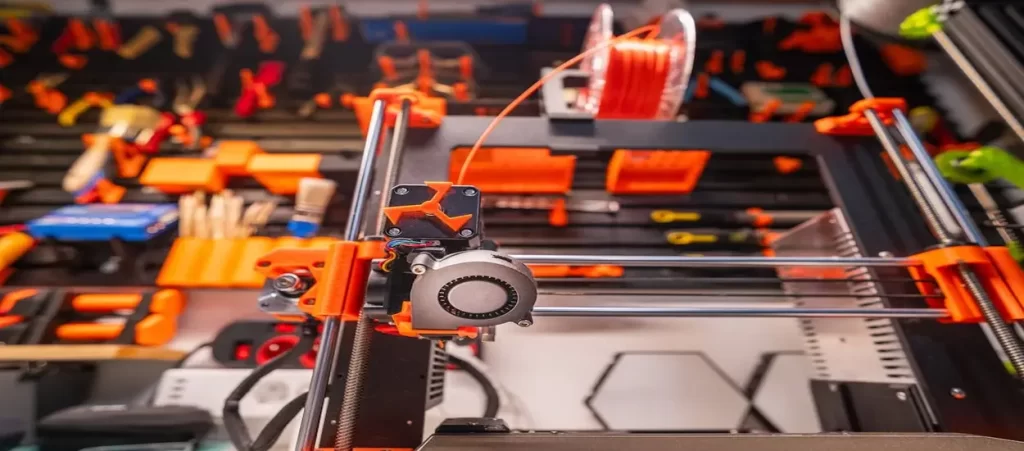
3D printers build objects layer by layer. They can make complex shapes quickly. The process starts with a computer model. The printer then builds it up slowly. Many different materials work in 3D printers.
This technology lets teams test ideas fast. They can print new versions in hours instead of weeks. The machines work well for both small and large parts.
2) CNC Machining
CNC machines cut parts from solid blocks of material. They follow computer instructions very precisely. These tools can work with metal, wood, and plastic. They make parts that need to be very exact. The machines can run for hours without stopping.
They create the actual part precisely the same way every time. CNC machines can make both simple and complex shapes. They help make professional-quality prototypes. They work well with other prototype tools.
You can also request custom packaging for prototypes to keep them safe during transit.
3) Laser Cutting and Engraving
Lasers cut materials with incredible precision. They work well with flat materials like metal or wood. The cuts are clean and accurate. Lasers can also mark or etch surfaces. This helps add details or instructions to parts.
The process is fast and repeatable. It works great for making flat parts quickly. Laser cutters can handle many different materials. They make clean cuts without touching the material. These tools help make professional-looking products fast.
4) CAD and CAM Software
These computer programs help design and make parts. CAD software lets you draw in 3D. You can spin and check your design from any angle. CAM software tells machines how to make the parts. Together, they make sure everything fits perfectly.
Teams can share designs easily with these tools. Everyone gets to see the exact version of the design. These programs are key to modern prototyping.
5) Augmented Reality and Virtual Reality
VR and AR test products before development. You can see how things look in real spaces. Users can try virtual versions and use them to check designs worldwide. These tools help make better choices earlier in design.
They let you walk around virtual products. AR can show new products in real settings. VR enables you to test how things feel when you use it. These tools work well with other design software. They make the whole process faster and cheaper.
Custom vs. Pre-Designed Prototypes: Which is Best?
A prototype is essential when developing a new product. You have two main options. The first is a custom prototype built from scratch. The second option is a pre-designed prototype adapted to your needs.
The best choice depends on your specific requirements and budget. In this table, you’ll find the unique features of each method:
| Feature | Custom Prototype | Pre-Designed Prototypes |
| Design | Unique, tailored to your specific requirement. | Standardised, off-the-shelf design |
| Cost | Higher initial cost | Lower initial cost |
| Development Time | It takes longer to develop | Shorter development time |
| Best For | Novel ideas, complex products | Simple products, quick testing |
| Flexibility | Highly flexible, easy to modify | Limited flexibility, difficult to modify |
Key Factors to Consider When Choosing a Prototype Company
The prototype company you choose is crucial. It can make or break your project. You should consider the following factors when selecting a company:
1) Expertise in Your Industry
Choosing a prototype company with experience in your specific industry is essential. Different industries have unique requirements. Hence, a company with industry knowledge will understand your needs better.
They will know the standards, challenges, and regulations that apply to your product. This expertise ensures that your prototype is developed in line with industry expectations.
2) Access to Advanced Tools and Technologies
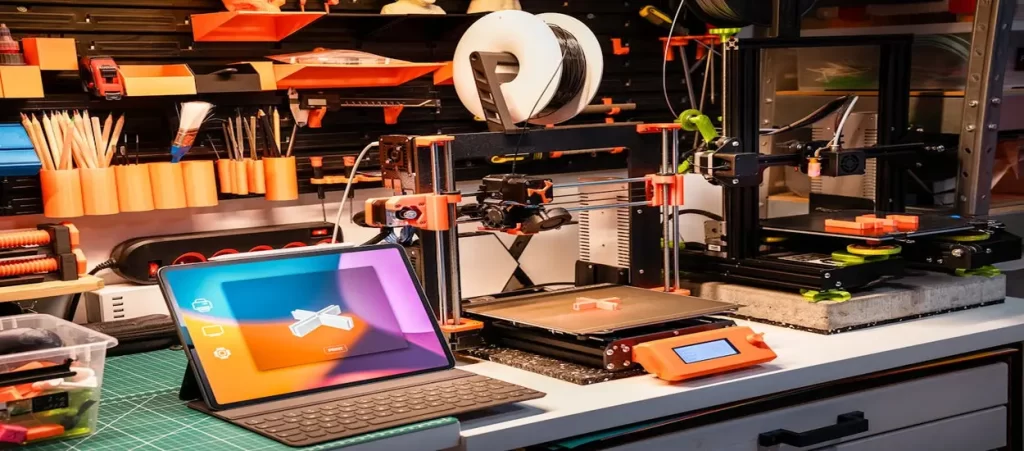
A good prototype company should have access to advanced tools and technologies. Advanced tools like 3D printers and laser cutters help make good prototypes. These tools enable precise and efficient prototype development.
They guarantee a reliable, functional, and testable prototype. Without these technologies, creating a high-quality prototype would be slow and costly.
3) Speed and Iteration Capability
A good prototype company should process quickly without sacrificing quality. They should also be able to modify the prototype soon. Iteration is often key in the prototyping process.
You might need to test different versions before finalising the design. A company should easily make adjustments to the prototype based on feedback.
4) Confidentiality and IP Protection
Confidentiality is a top concern in new product development. You want to ensure that your idea is protected from theft. Also, you do not want any unauthorised use of your idea.
The correct prototype company should have strong measures to protect your intellectual property. To focus on development, choose a company that values IP.
5) Cost and Budget Alignment
Finally, you need to make sure the prototype company fits your budget. The company should be transparent about pricing. They should work within your budget without sacrificing quality.
It’s tempting to choose the cheapest, but quality matters. Getting the best project result requires balancing cost and quality.
Exploring trade fairs in China, such as attending the Canton Fair, can help you a lot. You can connect with reliable prototype manufacturers.
“Choosing the right company to make your prototype can be tricky. One thing people often forget is how helpful a sourcing agent can be. These experts know the prototyping industry really well. They have connections with the best companies and suppliers. Plus, sourcing agents can get you better deals and prices in prototype making.”
How to Choose the Right Prototype Agency in China for Your Product?
Choosing the right prototyping partner in China depends on several key factors. Start by asking yourself:
- Do you have any designers or engineers in-house, or will you need full external support?
- Is your prototype a simple proof of concept, or does it need to be polished and presentation-quality for investors or a crowdfunding campaign?
- How complex is your product?
- Do you have moving parts, electronics, or special materials involved?
The answers to these questions will tell you what kind of partner is best suited to bring your idea to life.
How Much Does a Prototype Cost in China?
Prototyping expenses can vary greatly. A low-fidelity proof-of-concept built with off-the-shelf modules can be under $100 if made in-house.
Working with a premium product development firm, however, can drive costs to $500,000 or more, especially for complex hardware or connected products.
Your final cost will depend on several factors, including:
- The purpose of the prototype (e.g., internal testing vs. demonstration to investors)
- Complexity of the product and functionality required
- Materials and processes used
- Whether or not the design needs to be optimised for large-scale production
If you’d prefer a personalised cost estimate, get in touch with a summary of your project. We’ll review your requirements and provide you with a personalised quote.
Read More:
- How to Manufacture a New Product in China?
- Buying Product Samples from China
- How to Import Building Materials From China?
- Ultimate Guide to New Product Development for Amazon Sellers
Final Thoughts!
Idea and concept realisation shouldn’t overwhelm you. Expert prototyping companies offer guidance throughout the process. Their industry knowledge helps them avoid costly mistakes.
Similarly, their advanced technologies ensure your prototype meets all requirements. The right partner can speed up your concept-to-market product journey.
We can help you find a prototype company that meets your needs by considering key factors. Remember, a good prototype is more than just a model. It’s your first step toward bringing a successful product to market.
At OwlSourcing, we already know various prototype companies performing well in their fields. There are so many advantages to collaborating with a China sourcing agent. Our team can connect you with them and handle the entire sourcing process.

